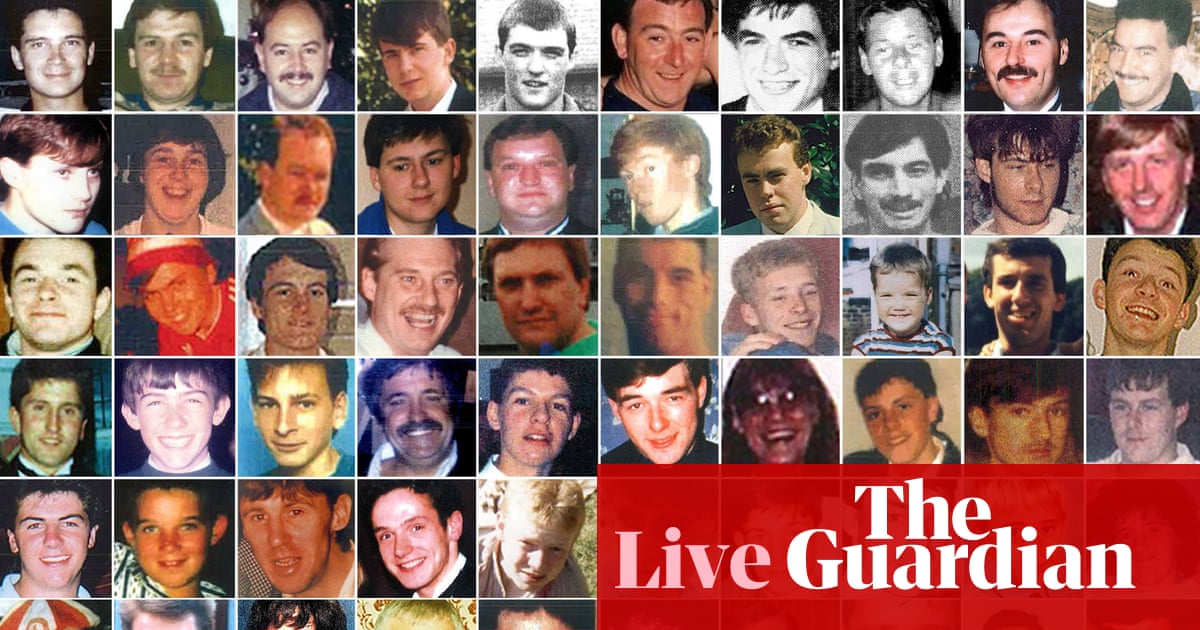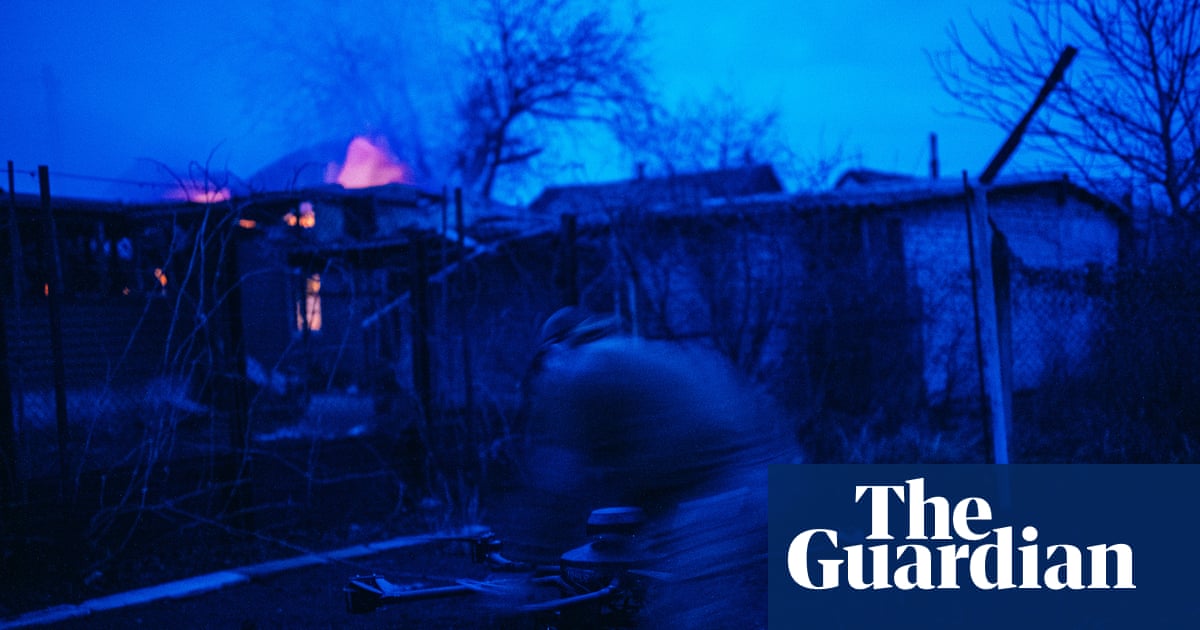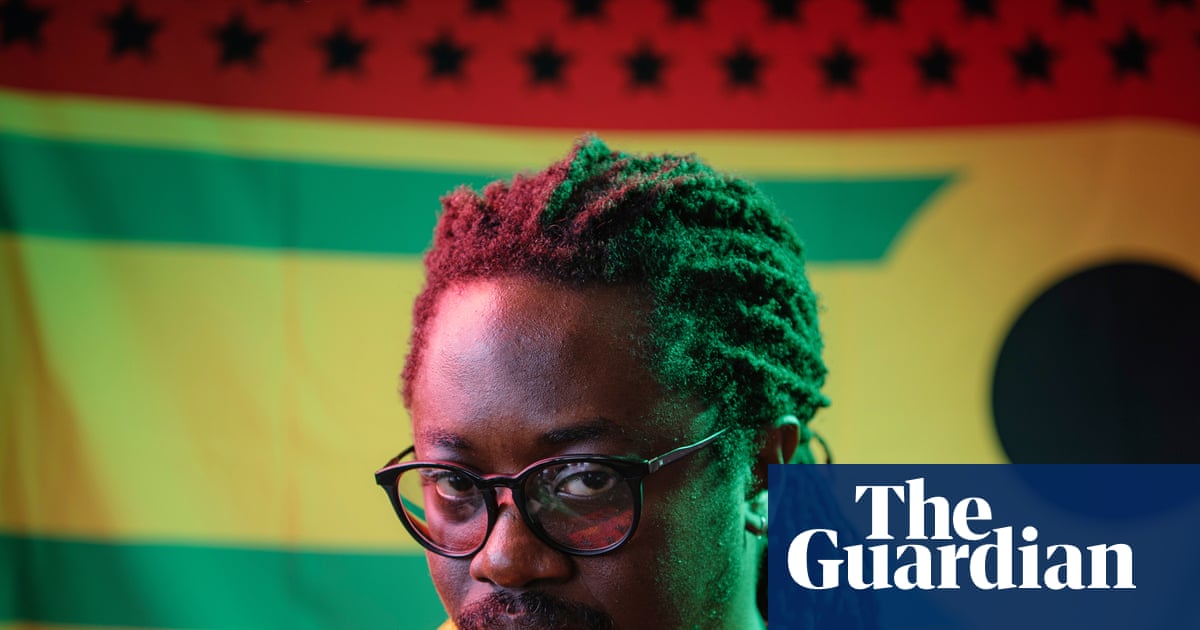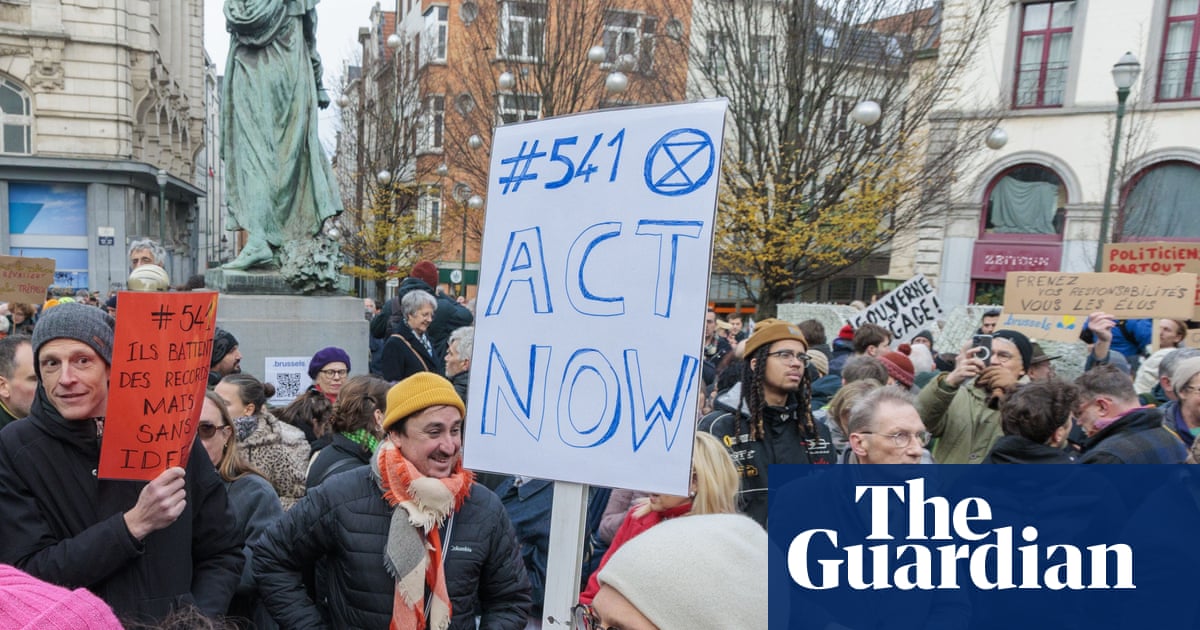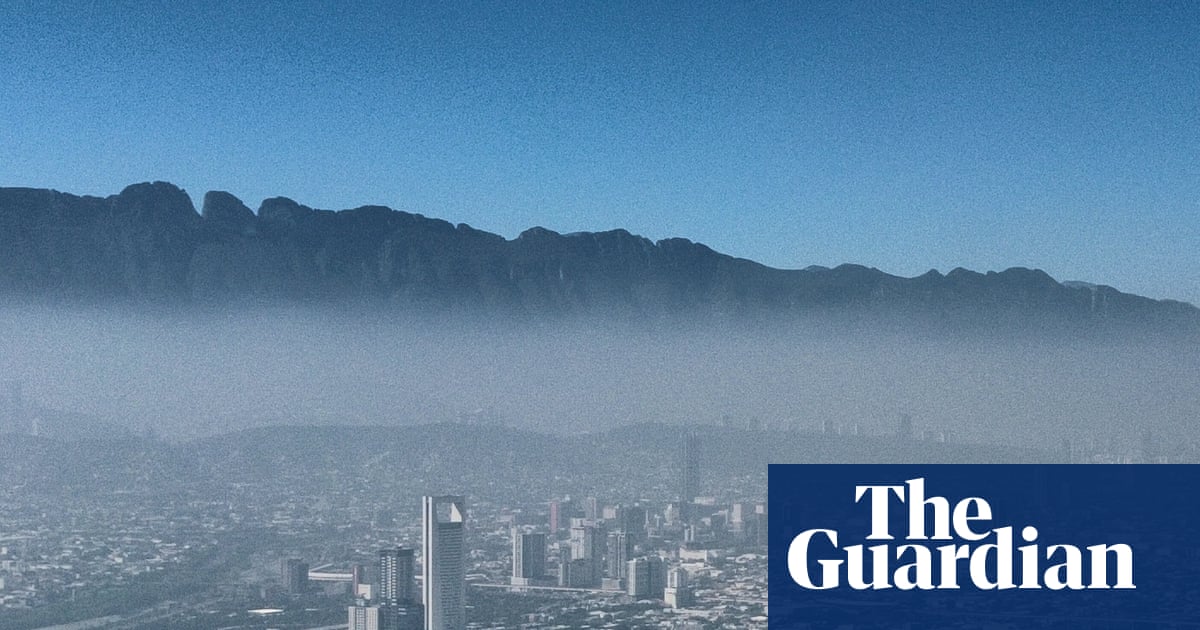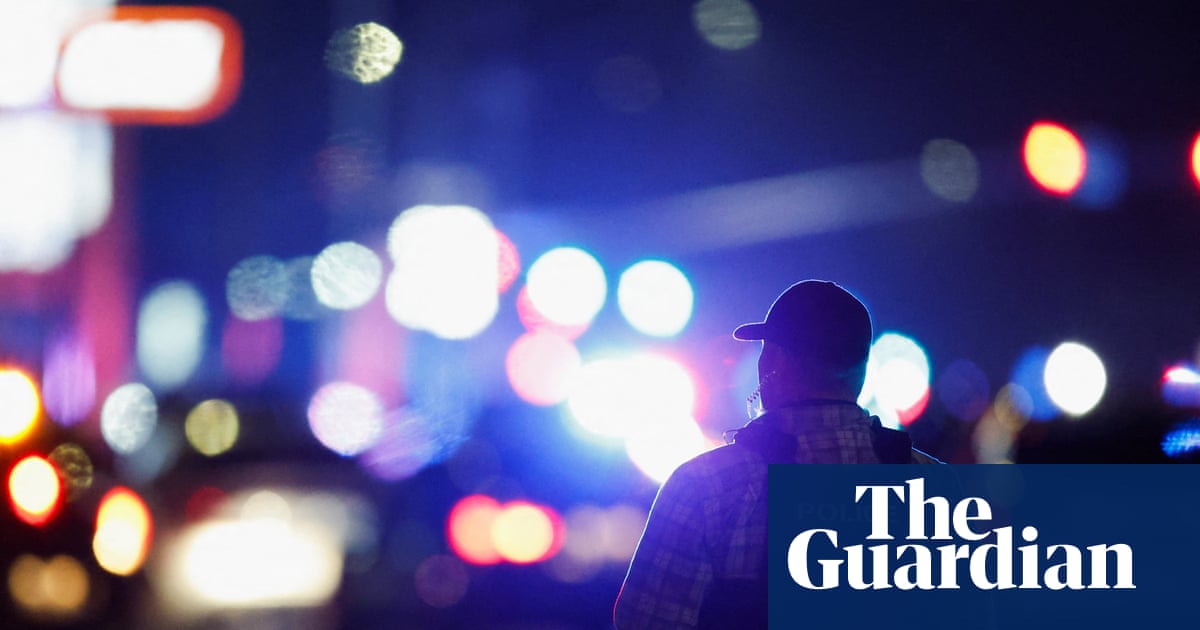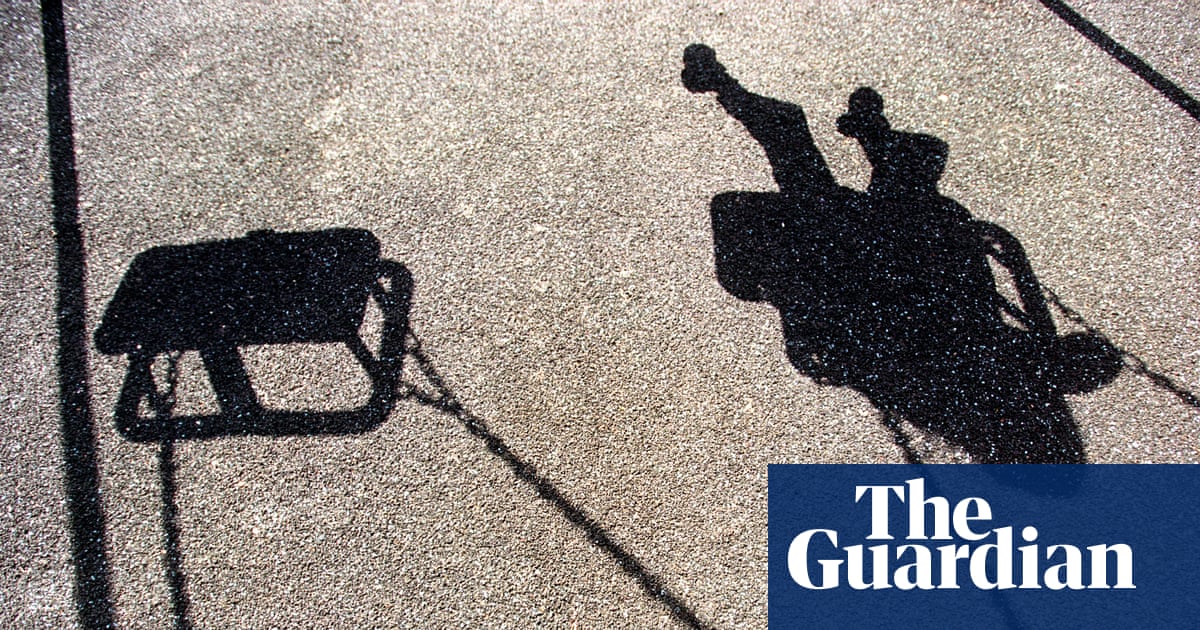It didn’t take long before the Gospel of Donald became a message that everyone in Israel could embrace. The 20-point plan to end the ongoing war in Gaza, presented on Monday by the US president, is everything the Israelis had dreamed of – even fantasised about. The hostages will finally return, some to their families, others to their graves. Hamas will be gone, at least as a ruling organisation, and the soldiers will come home. The “peace plan” will, supposedly, mean a return to normality.
A brief read-through of the one-page plan might suggest that Israel’s prime minister, Benjamin Netanyahu, and his people were involved in phrasing it. At times, it reads more like a list of Israeli demands than diplomatic compromises. Perhaps that’s why Netanyahu gave it his blessing rather quickly, which seemed to all but seal the deal. Even then, worth mentioning, his speech offered a slightly different version of the plan from the one in the written document – saying he didn’t agree to a Palestinian state or a full military withdrawal.
Once you unwrap the package, remove the ribbons and the superlatives (“potentially one of the great days ever in civilisation”, as Trump put it), more than a few holes open up. The most obvious is the other side in the deal – Hamas, which has yet to approve it. This small detail seems to have been deemed almost irrelevant. Given Netanyahu’s record, one might wonder whether a Hamas refusal would actually be a convenient outcome for him. It would allow him to appear as someone who had genuinely attempted to end the war – while still retaining the full backing of the US to continue it. And since ending the bloodshed might also mean the collapse of his coalition, perhaps there are deeper political calculations at play.
Another major question lies in the alternative response that Hamas might give: yes, but. In other words – support for a deal to end the war in principle, but with certain details requiring further negotiation. This would raise the question of how flexible Israel can be, given that Netanyahu’s government currently depends on far-right parties and that many of their members may view even the slightest compromise as grounds to dissolve the coalition (even the current plan has rattled them). At that point, it would become a test of how much pressure the US can realistically exert on Netanyahu – twisting his arm, if necessary. And if that fails, then what?
Take section 17 of the plan, for instance. It states that even if Hamas rejects or delays the agreement, Israel will hand over “terror-free” areas to an international force. How exactly is that supposed to happen? How will such a force actually operate in a war zone? There are no answers to those questions.
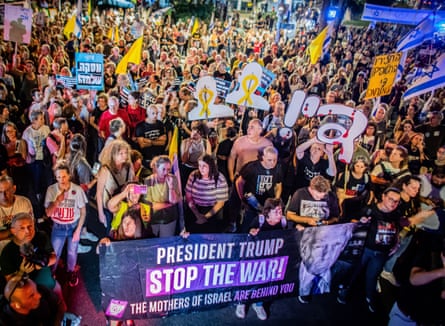
Even if we assume the original proposal goes through with assistance from Arab and Muslim countries, it won’t be the end of the doubts – only the beginning. Many of the uncertainties concern the so-called day after. The plan promises full humanitarian aid to Gaza, including the rehabilitation of infrastructure (water, electricity, sewage), hospitals, bakeries, and the entry of necessary equipment to remove rubble and reopen roads. However, the allocation of funds is missing. The document provides no detail on how much this will cost or, crucially, on who will provide this funding.
The same applies to the proposed International Stabilisation Force (ISF). Which countries will send troops? How many? Who will have overarching authority over these forces? How will they coordinate with the Israel Defense Forces (IDF)? Who will be in charge of ensuring Gaza doesn’t become a playground for various countries, each with their own interests and agendas? And, last but not least: who will give assurances to the people of Gaza that all of this is not just a new form of foreign occupation? These may seem like minor details, but they are essential – if not critical – to make the plan more than theoretical.
after newsletter promotion
Yet the public conversation in Israel seems largely unbothered by such questions. This shouldn’t come as a surprise. Many Israelis have been indifferent to the catastrophe in Gaza since the war began – including the mass death and starvation of unarmed Palestinians. It makes sense that they would not concern themselves with how Gaza moves forward. More often than not, it seems that, for Israelis, what happens in Gaza stays in Gaza – with no consequences for the other side whatsoever.
In a way, the proposed end to the war fits comfortably within that same mindset. There’s a widespread sense that if the plan goes ahead, Israel can simply return to the days before it all happened. Everything that took place in Gaza will be forgotten, except, of course, the 7 October 2023 massacre won’t be. There will no longer be a reason to protest against Israel globally, and certainly not to impose sanctions on Israeli officials, or call for exclusion from international sporting events or the Eurovision song contest.
The fact that, for the foreseeable future, the Gaza Strip will remain a devastated area with barely any infrastructure may seem insignificant within Israel. Nor does it appear to matter that it will take the people of Gaza a long time to rebuild their homes and return to work – or to bury their loved ones and grieve. Not to mention that further horrors are likely to be uncovered if Gaza becomes safer and opens up to the foreign press. These issues are scarcely discussed. Like a history book returned to the library, it’s simply closed and filed away.
-
Roy Schwartz is a senior editor and op-ed contributor at Haaretz
-
Do you have an opinion on the issues raised in this article? If you would like to submit a response of up to 300 words by email to be considered for publication in our letters section, please click here.

 2 months ago
58
2 months ago
58
